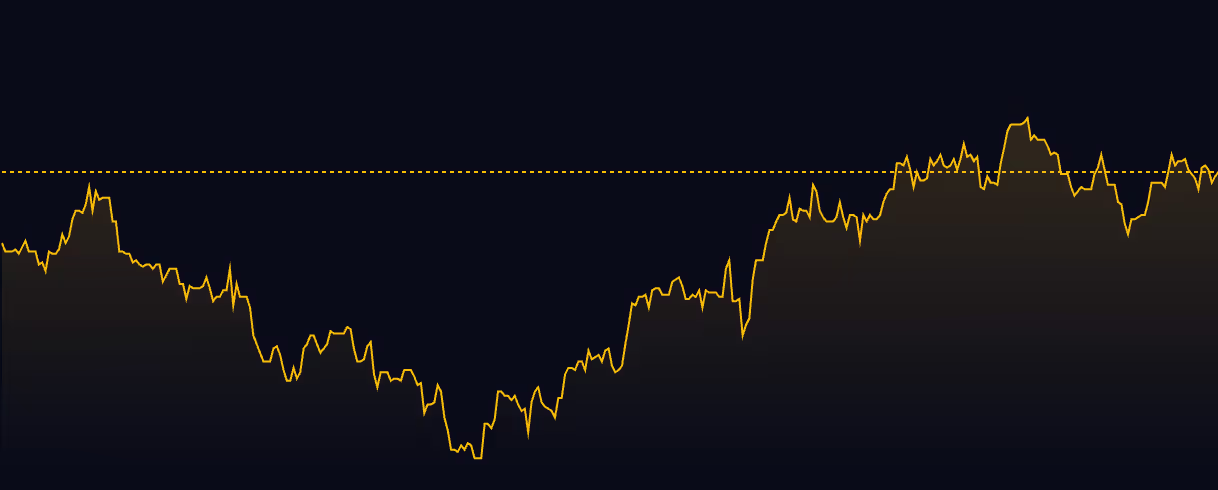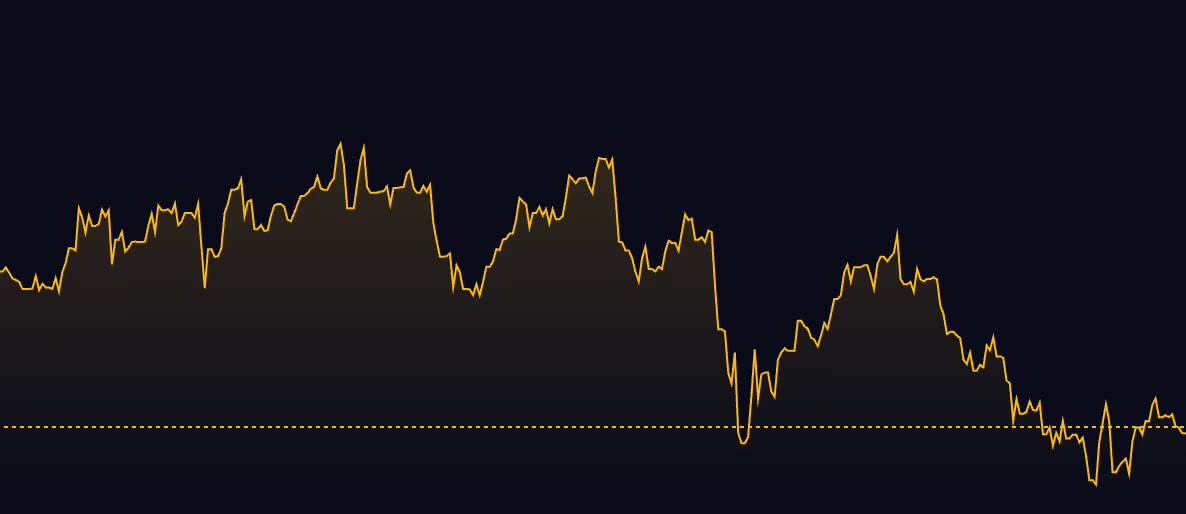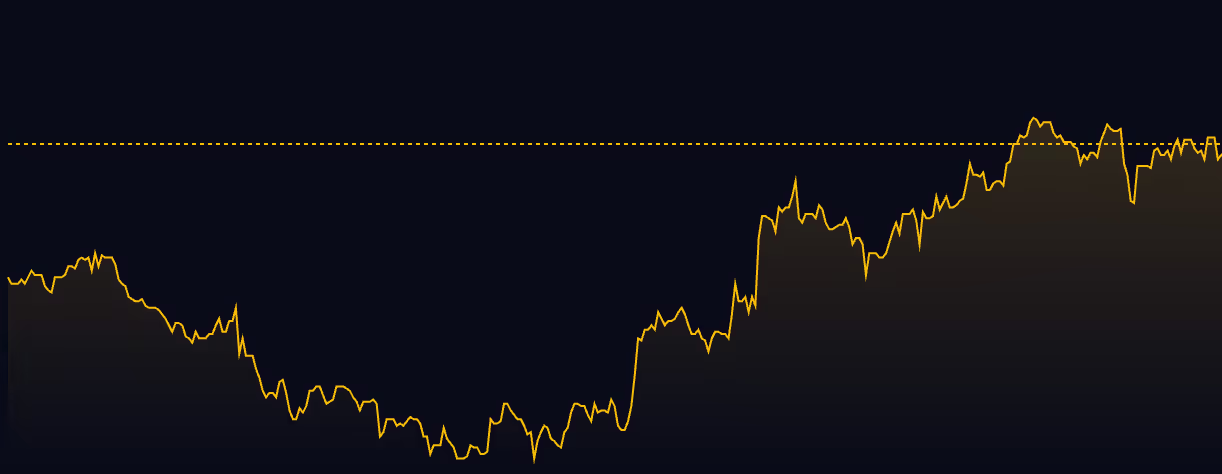When is the next Fed interest rate decision?
The next Federal Reserve (Fed) interest rate decision is due on Wednesday, January 28, 2025 at 18:00 UTC.
The US Federal Reserve (Fed) announces its decisions regarding interest rates eight times a year during Federal Open Market Committee (FOMC) meetings., approximately every six weeks. These decisions will determine wether or not the central bank will raise (rate hike), lower (rate cut), or leave the current interest rate unchanged, with each outcome having different end goals and objectives.
What is the Fed interest rate?
The current federal funds rate target range is 3.50% – 3.75%. This target range has maintained since December 10th, 2025, when the FOMC elected to cut rates by 25 basis points to that level.
What date is the next Federal Reserve interest rate meeting?
The next Federal Reserve interest rate meeting and decision is due on January 28th, 2026.
See below for the full list of 2026's scheduled FOMC meetings:
- January 27-28
- March 17-18*
- April 28-29
- June 16-17*
- July 28-29
- September 15-16*
- October 27-28
- December 8-9*
Meetings marked with * are associated with a Summary of Economic Projections.
Each meeting concludes with an announcement regarding the FOMC's decisions surrounding US interest rates, followed by a press conference held by the Federal Reserve Chair. These dates are confirmed by the Federal Reserve, however, each meeting date is tentative until confirmed at the meeting immediately preceding it.
What is the US interest rate now?
The federal funds rate target range is currently set at 3.50% to 3.75%. This range has been in place since December 10, 2025, after a 25 basis point reduction from the previous target of 3.75% to 4.00%.
What is the effect when the Federal Reserve increases interest rates?
When the Federal Reserve raises interest rates (rate hike), borrowing becomes more expensive for consumers and businesses. This can slow consumer spending, business investment, and economic growth, while also strengthening the U.S. dollar and making exports less competitive.
Higher rates help control inflation but can weaken the housing market, increase debt burdens, and, if raised too aggressively, risk triggering a recession.
What happens when the Fed cuts interest rates?
When the Federal Reserve cuts interest rates (rate cut), borrowing becomes cheaper for consumer and businesses. This can encourage consumer spending, business investment, and economic growth, while also weakening USD and making exports more competitive.
Lower rates can boost the stock market and housing demand but may also lead to inflation, reduced savings returns, and asset bubbles if not managed carefully.
What time is the Fed rate decision?
The Federal Reserve's next interest rate decision is scheduled for January 28th, 2025, at 2:00 PM Eastern Time (ET), which corresponds to 6:00 PM Coordinated Universal Time (UTC).
Following the announcement, Fed Chair Jerome Powell will hold a press conference at 2:30 PM ET (6:30 PM UTC) to discuss the decision and provide insights into the Fed's economic outlook.
When will the Fed lower interest rates?
As of the December 10, 2025 FOMC meeting, the Federal Reserve has already begun cutting interest rates, lowering the federal funds rate to a target range of 3.50% – 3.75%, down from 3.75% – 4.00%.
- This December rate cut was the second of the year, following an earlier reduction in October 2025.
- The Fed’s Summary of Economic Projections suggests that officials still anticipate at least one more rate cut in 2026, but no additional cuts are guaranteed in the short term. This indicates that while markets may price multiple cuts, Fed officials themselves foresee a more cautious easing path.
- Fed Chair Jerome Powell has emphasised that future decisions will be data-driven, particularly focused on inflation and labor market trends.
Therefore, the Fed has already started lowering rates in late 2025. While further cuts may occur in 2026, the timing will depend on how the economy evolves, especially regarding inflation and growth. The next opportunity for a change will be at the January 27–28, 2026 FOMC meeting.
How often does the Fed change interest rates?
The Federal Reserve does not change interest rates on a fixed schedule but rather adjusts them as needed based on economic conditions. The FOMC meets eight times per year to assess inflation, employment, and overall economic stability, and interest rate decisions are made during these meetings.
In some years, the Fed may leave rates unchanged, while in others, it may increase or decrease rates multiple times depending on economic trends.
For example, during high inflation periods, the Fed tends to raise rates to slow the economy, while during economic downturns, it cuts rates to stimulate growth. The frequency of rate changes varies based on economic data, financial stability, and the Fed’s monetary policy goals.
What is the US bank interest rate?
Federal Reserve (Fed) interest rate
- The target federal funds rate currently sits at 3.50% – 3.75% as of the December 9-10, 2025 FOMC meeting.
- The effective federal funds rate (EFFR) (the actual overnight interest rate at which U.S. banks lend to each other) is currently about 3.89% (as of the most recent data in early December 2025).
- This rate reflects actual overnight market activity and may differ slightly from the Fed’s target federal funds rate range, which was most recently set at 3.50% – 3.75%
Federal Funds Rate history (1990 - present)
See below for historical interest rate data, showing how the Federal Funds Rate has changed over time.




















